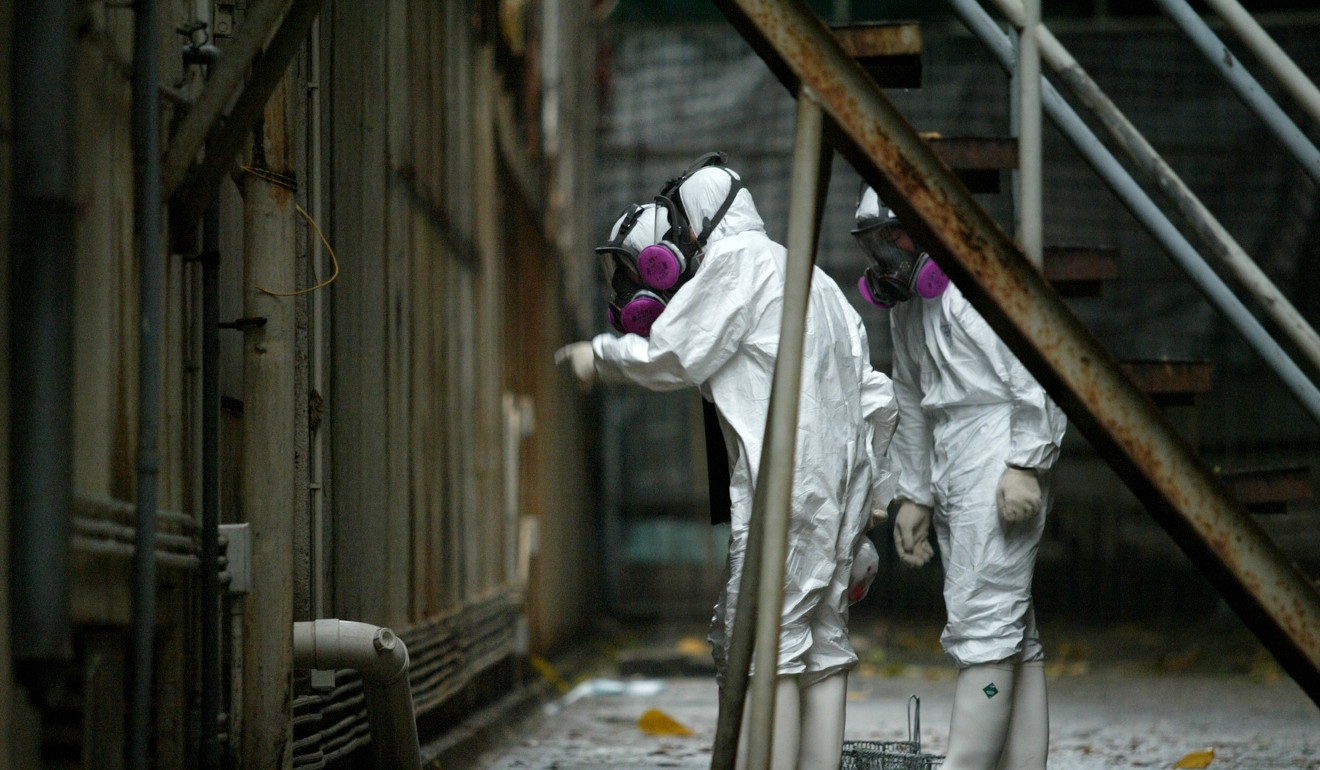
Changes in the pipeline for sewage systems at Hong Kong housing estates after coronavirus scare raises concerns
- Improvements were first suggested, though not mandated, by Buildings Department in wake of 2003 Sars outbreak
- While Housing Authority has design autonomy for public estates, they are expected to comply with the new amendments
Sewage design improvements first suggested – though not always implemented – during the 2003 Sars outbreak could soon be a reality at new public housing estates in the wake of last week’s scare at a Tsing Yi apartment block, where the deadly coronavirus that causes Covid-19 was thought to have spread through the pipes.
The planned changes, confirmed on Tuesday by Hong Kong’s Buildings Department, will mandate separate waste pipes for upper and lower floors as well as an improved U-shaped water pipe.
While public housing estates, managed by Housing Authority (HA), have their own design approval mechanism, the HA typically follows Buildings Department rules, which are already mandatory for all private buildings.

In a reply to the Post, a Buildings Department spokesman confirmed that while the amendment was originally planned to be introduced for 2021-22, the department is now considering if the legislation could be speeded up. Even so, some lawmakers decried the move as too little too late.
Questions were immediately raised as to the likelihood the virus had travelled between flats through the pipes, as a vent pipe connected to the solid waste pipe in the washroom of the lower-floor unit was found to have leakage.
Kenny Tse Chi-kin, former chairman of the Hong Kong Institute of Surveyors’ building surveying division, hopes the new law will take effect as soon as possible.
Tse told the Post that pipes on lower floors could be put under great pressure given the amount of solid waste accumulated from upper-floor flats, which could result in leakage. Using separate pipes would minimise the chances of that happening, he said.

Housing Authority member Cheung Tat-tong said he fully expected the authority to implement the new designs.
“The Housing Department will follow the recommendations by the Buildings Department and very often will use a higher standard for public flats,” he said. “Probably in the past, using one pipe for all floors – as long as the pipes were intact – had not caused any problems.”
The other amendment would regulate the design of floor drains, connecting them to another drainage source such as the water basin or the sink to ensure their U-shaped water trap does not dry up.
That fix had already been implemented at new public estates since 2003, Cheung said.
Rare coronavirus cases can have unusually long incubation period
The amendments were first proposed 17 years ago after Sars broke out in Block E of Amoy Gardens in Ngau Tau Kok, eventually infecting more than 300 residents in the estate.
At the time, experts concluded the killer virus had spread outside the building through its sewage pipes as well as dried up U-shaped water traps connected to bathroom floor drains.
But rather than amending the laws, the Buildings Department instead released a practise note for engineers to follow, which is not legally binding.
Pro-democracy lawmaker and Housing Authority member Andrew Wan Siu-kin on Tuesday said enforcing the note 17 years later was too little too late, noting that many developers did not follow it “as it was not mandatory”.
Lawmaker Tony Tse Wai-chuen of the architectural, surveying, planning and landscape sector agreed the law amendments “came too late”, saying the public had become forgetful soon after SARS.
He suggested that in addition to amending the two pipe designs, the department should add that only licensed and qualified plumber can alter the pipes in future, and to devise penalties for those who do not comply.

